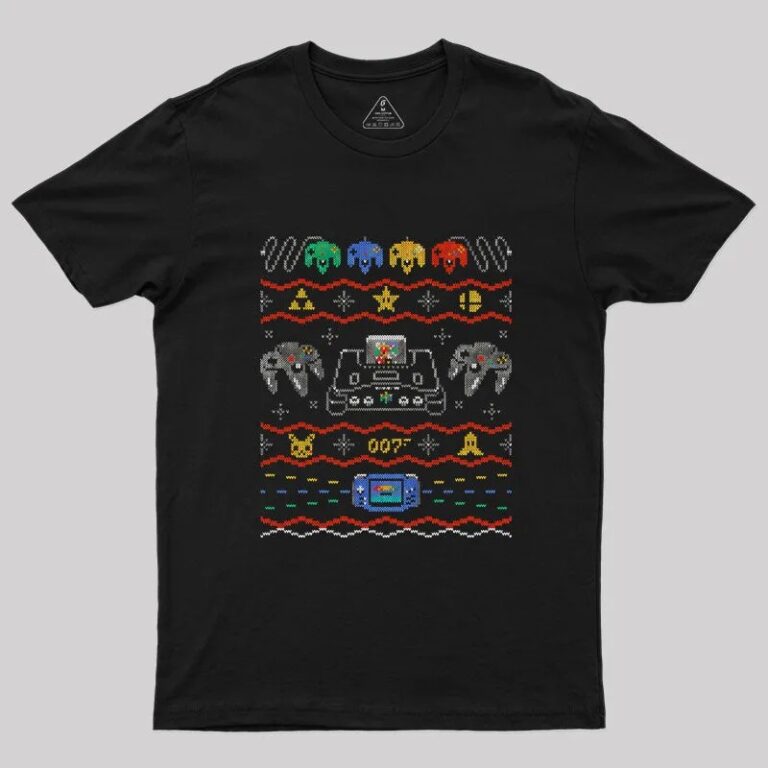Investment or Lifestyle? What ‘For Sale’ Really Means in Paradise
When you search for properties for sale in Puerto Rico, you’re not just scrolling listings—you’re choosing between two deeply different but overlapping paths: investment and lifestyle. Paradise can be a balance sheet or a daily rhythm; sometimes it’s both. The trick is learning how to read the island, the listings, and your own priorities so the “for sale” sign lines up with the life (and returns) you want.
The Two Lenses: Investment and Lifestyle
The Investment Lens
If you’re primarily buying as an investor, you’ll care about rental demand, seasonality, and costs. High-visibility coastal areas and walkable urban neighborhoods tend to command stronger short-term rental performance, while quiet inland towns can favor long-term tenants. Before you fall in love with a beach view, run the numbers: projected occupancy, average daily rates, owner expenses, and realistic maintenance reserves (salt air and humidity are tough on buildings). When browsing properties in Puerto Rico, look past the headline photos to the financials—price per square foot, days on market, comparable rents, HOA dues, insurance, and property taxes.
The Lifestyle Lens
If your heart leads, focus on daily living. Do you want sunrise swims or mountain coffee? Do you thrive with walkable cafés or crave a quiet patio and mango trees? Lifestyle buyers often prioritize community feel, local markets, healthcare access, schools, commute time (or reliable internet for remote work), and the “pace” of an area. For you, the right property is less about yield and more about fit.
Reading Puerto Rico’s Neighborhoods Like a Local
Puerto Rico isn’t one market; it’s a mosaic:
- San Juan Metro (Condado, Isla Verde, Miramar, Old San Juan): Urban energy, condo stock, restaurants, and walkability. Great for people who want culture and convenience.
- West Coast (Rincón, Aguada, Aguadilla): Surf culture and sunsets. Mix of condos and single-family homes; pace is relaxed but amenities are growing.
- Dorado & North Coast: Master-planned communities, golf, and beach clubs. Appeals to buyers seeking resort amenities and strong infrastructure.
- South (Ponce) & East (Fajardo, Ceiba, Humacao): Marinas, offshore islands, and nature. Consider ferry access and boating perks if that’s your lifestyle.
- Central Highlands (Utuado, Adjuntas): Coffee country, cooler temps, and mountain views—great for buyers who value space and serenity.
Each region frames “paradise” differently—and shapes your resale and rental prospects.
What “For Sale” Really Means in the Listing
Listings in Puerto Rico can be photo-forward and light on context. To decode them:
- Scan the bones: Concrete construction, hurricane shutters, updated roofs, and storm-resilient windows. These features safeguard enjoyment and protect cash flow.
- Probe the HOA: Dues, reserves, special assessments, rental rules, and pet policies. In condos, the HOA can quietly make or break your plan.
- Validate utilities: Water reliability, backup power options, and internet providers. Lifestyle buyers need comfort; investors need uptime.
- Check the map, not just the vibe: Flood zones, coastal setbacks, and elevation—especially crucial for waterfront or river-adjacent homes.
Financing, Costs, and Ownership Basics
Bringing mainland assumptions to island buying can surprise you. Local lenders may have distinct underwriting norms, and closing timelines can depend on title work and condo documents. Factor in:
- Closing costs: Attorney/notario fees, title search, stamps, and recording.
- Insurance: Homeowners, windstorm, and flood (if applicable). Premiums vary by location and building type.
- Maintenance: Salt air means more frequent exterior upkeep; budget accordingly.
- Condo vs. fee simple: Understand common areas, limited common elements, and your maintenance obligations.
Before submitting an offer on properties for sale in Puerto Rico, assemble a clean package: proof of funds or pre-approval, known contingencies, and a timeline that respects local due diligence.
Short-Term vs. Long-Term Strategy
- Short-Term Rentals (STRs): Attractive in beach and city hubs, but verify permitting, HOA rules, and neighbor expectations. STR-viable buildings are often priced for it—make sure your numbers still pencil out.
- Long-Term Rentals (LTRs): Usually steadier and more community-friendly. Great for buyers who want reliable income with less turnover and wear.
A hybrid model—personal use plus limited rentals—can work if your building and schedule allow it. Be honest about how often you’ll truly visit; your calendar drives revenue.
 Working With a Real Estate Company (and How to Choose One)
Working With a Real Estate Company (and How to Choose One)
Even if you’re a seasoned buyer stateside, local expertise matters. A great real estate company will sense-check pricing, spot red flags, and translate listing language into real-world implications. Ask how they vet comparables, what they know about specific HOAs, and which inspectors and attorneys they trust. If you’re at the “I keep typing real estate company near me into my phone” stage, switch tactics: search for agents who consistently close in your target neighborhoods and property types. Local track record beats proximity.
Three Buyer Scenarios (So You Can See Yourself)
- The Numbers-First Investor: Targets a two-bedroom condo in a walkable San Juan neighborhood. Accepts a premium price for location and amenities because projected occupancy is high. Negotiates for seller-paid special assessment and builds a CapEx reserve for HVAC and windows.
- The Surf-Before-Coffee Family: Buys a modest single-family in Rincón with room for boards and guests. Prioritizes outdoor shower, storage, and shade. Skips STR focus; opts for long-term livability and community ties.
- The Remote-Work Optimizer: Chooses a townhome in Dorado close to co-working and groceries. Invests in a whole-home surge protector and backup power. Uses the property personally nine months a year; considers limited off-season monthly rentals.
Due Diligence That Saves Regret
- Title & survey: Confirm boundaries and easements; coastal properties often have unique considerations.
- Structural & systems: Roof age, electrical panel, plumbing, AC, and windows. Look for moisture management details (drainage, sealants).
- HOA health: Reserve studies, recent assessments, litigation, and insurance coverage.
- Local context: Noise patterns (weekends, festivals), parking realities, and beach access rules.
Document everything in writing, and build realistic timelines into your offer.
When Investment and Lifestyle Meet in the Middle
The best buys often sit at the overlap: a home that supports the way you want to live while remaining legible to future buyers and renters. That means thoughtfully updated systems, flexible floor plans (guest suite, lock-off, or office), resilient materials, and a neighborhood with clear, enduring appeal. If your heart wants palms and your spreadsheet wants predictability, pick an area where demand is steady for both locals and visitors.
A Quick Buyer’s Checklist
- Define your primary goal (investment, lifestyle, or hybrid).
- Shortlist 2–3 micro-markets that match that goal.
- Build a pro team: agent, attorney/notario, inspector, insurance broker.
- Model best-case, base-case, and “storm-year” budgets.
- Validate HOA rules, insurance, and flood/elevation data.
- Price your time: travel, caretaking, and maintenance oversight.
- Revisit the plan after one hurricane season or one rental cycle.
The Bottom Line
“For sale” in paradise is an invitation—either to recalibrate your portfolio or your morning routine. If you approach properties for sale in Puerto Rico with clarity, patience, and grounded expectations, you’ll find a place that holds value in more ways than one. Listings are just the start; the real decision is how you want your life—and your balance sheet—to feel a year from now.





